Beschreibung
Produkt-Infos
The Pharmacoll® product line represents a gelatine free hydrocolloid wound dressing that convert into a gel when in contact with wound fluid. The moist wound environment created under the dressing speeds the natural healing process, reduces pain, and protects against bacterial and other external contaminants.
Pharmacoll®Thin and Pharmacoll® Extra Thin are gelatin free hydrocolloid adhesive wound
dressings, laminated to a semi-permeable, bacteria-proof, virus-proof and waterproof polyurethane film backing.
The difference between the 3 variants is the thickness of the hydrocolloid layer,
Pharmacoll® is 1 mm thickness
Pharmacoll® Thin is 0.6 mm
Pharmacoll® Extra Thin is 0.3 mm
• Adhere to both dry and moist skin surfaces.
• Deliver gentle and secure adhesion that does not irritate the skin.
• Have fluid absorption capacity that is adjustable based on adhesive formula.
• Provide barrier properties to external contaminants with secure adhesion to skin.
• Are flexible and conformable and mold to difficult anatomical contours.
-
- Partial- and full-thickness dermal ulcers.
- Pressure, Leg and Diabetic ulcers.
- Burns (First and Second Degrees).
- Skin Donor sites and Skin grafts.
- Superficial wounds/minor abrasions.
- Protection of fragile skin or areas exposed to friction such as elbows, heels or the sacral area.
- Ostomy wounds to protect the skin from stomal effluent.
- Postoperative Verbände zum Schutz der Nahtlinie.
- Babys Windelausschlag.
Don’t use on patient with known sensitivity to the product or any of its components specially Polyisobutenes and Carboxymethylcellulose.
1- Discoloration and bulging of the dressing indicate it should be changed
2- Wounds showing clinical signs of infection (temperature, pus, inflammatory signs) should be treated
under medical control before resume using of the dressing
Thick hydrocolloid island pad placed in the middle of a thin hydrocolloid layer.
The thin hydrocolloid layer is laminated with a semi permeable, bacteria proof, viral proof and waterproof polyurethane film.
When Pharmacoll® dressing comes into contact with wound exudates, the hydrocolloid swells and forms a gel that
covers the wound and maintains moisture. This gel continues absorbing the wound fluid and minimizes adherence
to the wound. When the dressing is changed, the wound stays protected by a film of gel.
- Clean wound area.
- Evaluate the wound and select the dressing size to allow 2.5 cm (1 inch) of the hydrocolloid adhesive to extend beyond the wound edge.
- Open the pouch and handle the dressing using gloves/forceps.
- Entfernen Sie die Schutzfolie vom Verband.
- Zentrieren Sie den Verband über der Wunde und der Wundumgebung und drücken Sie dann vorsichtig auf die Klebeseite des Verbands.
- Es sollte darauf geachtet werden, dass der Verband nicht unnötig gedehnt wird, was zu einem mechanischen Trauma der Wunde und der umgebenden Haut führen kann.
Verbandsentfernung:
- Heben Sie die Ränder des Verbands (oder den Folienrand) vorsichtig an, während Sie auf die Haut drücken
- Ecken weiter anheben, bis sich alle von der Hautoberfläche lösen.
- Auf die Haut andrücken, um Verband von der Haut zu trennen.
- Entfernen Sie vorsichtig den Verband und falten Sie ihn dann über sich selbst, indem Sie vorsichtig in Haarwuchsrichtung ziehen.
- Alternativ erleichtert auch horizontales Dehnen und Anheben des Verbands das Entfernen in den meisten Situationen.
- Wiederholen Sie die Anwendung, bis der Heilungsprozess abgeschlossen ist.
How often to change the
dressing:
- Der Verband sollte so lange wie möglich an Ort und Stelle bleiben.
- Wenn Undichtigkeiten festgestellt werden, sollte der Verband sofort gewechselt werden.
- Change the dressing when maximum absorption has been reached.



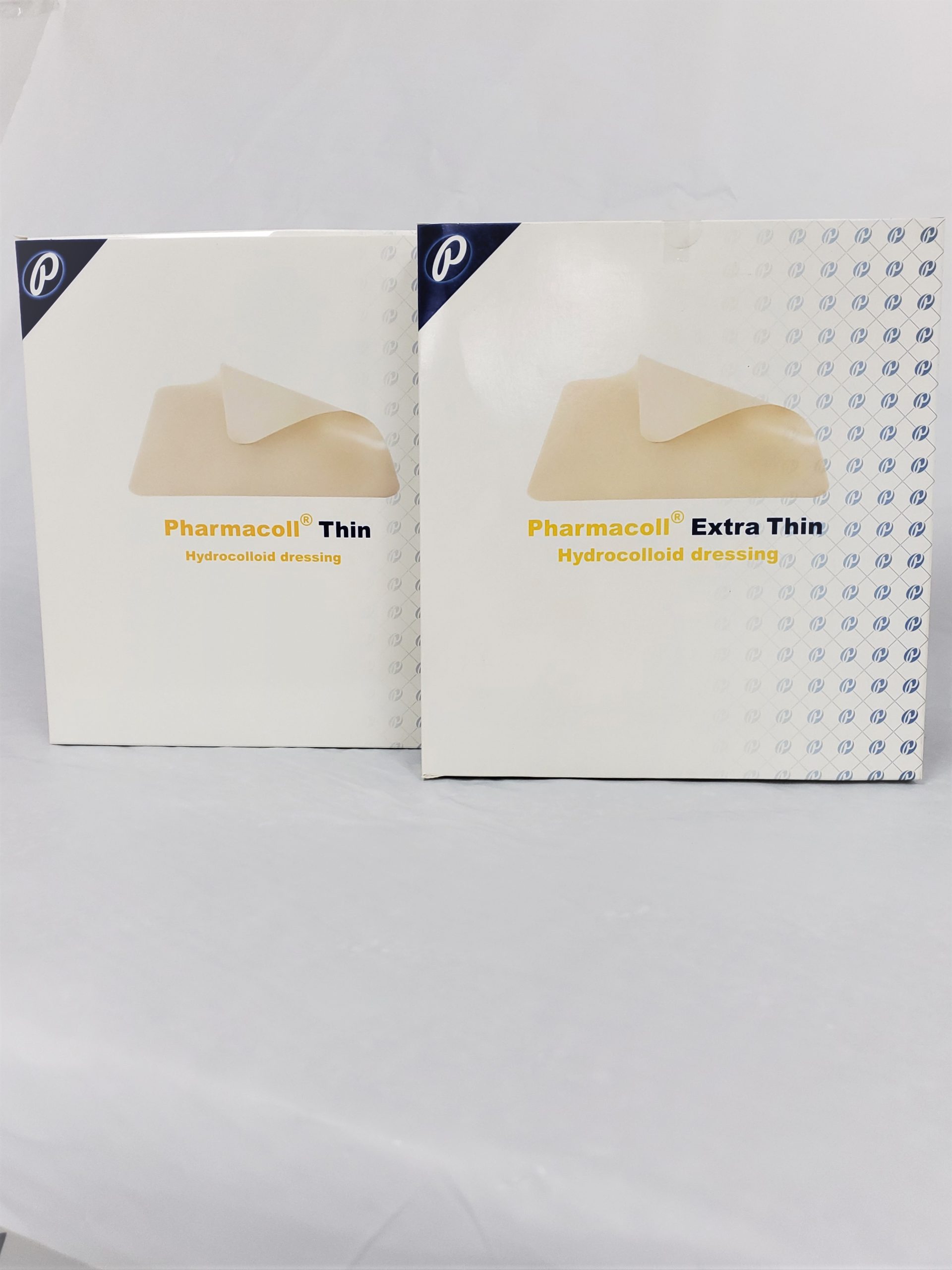

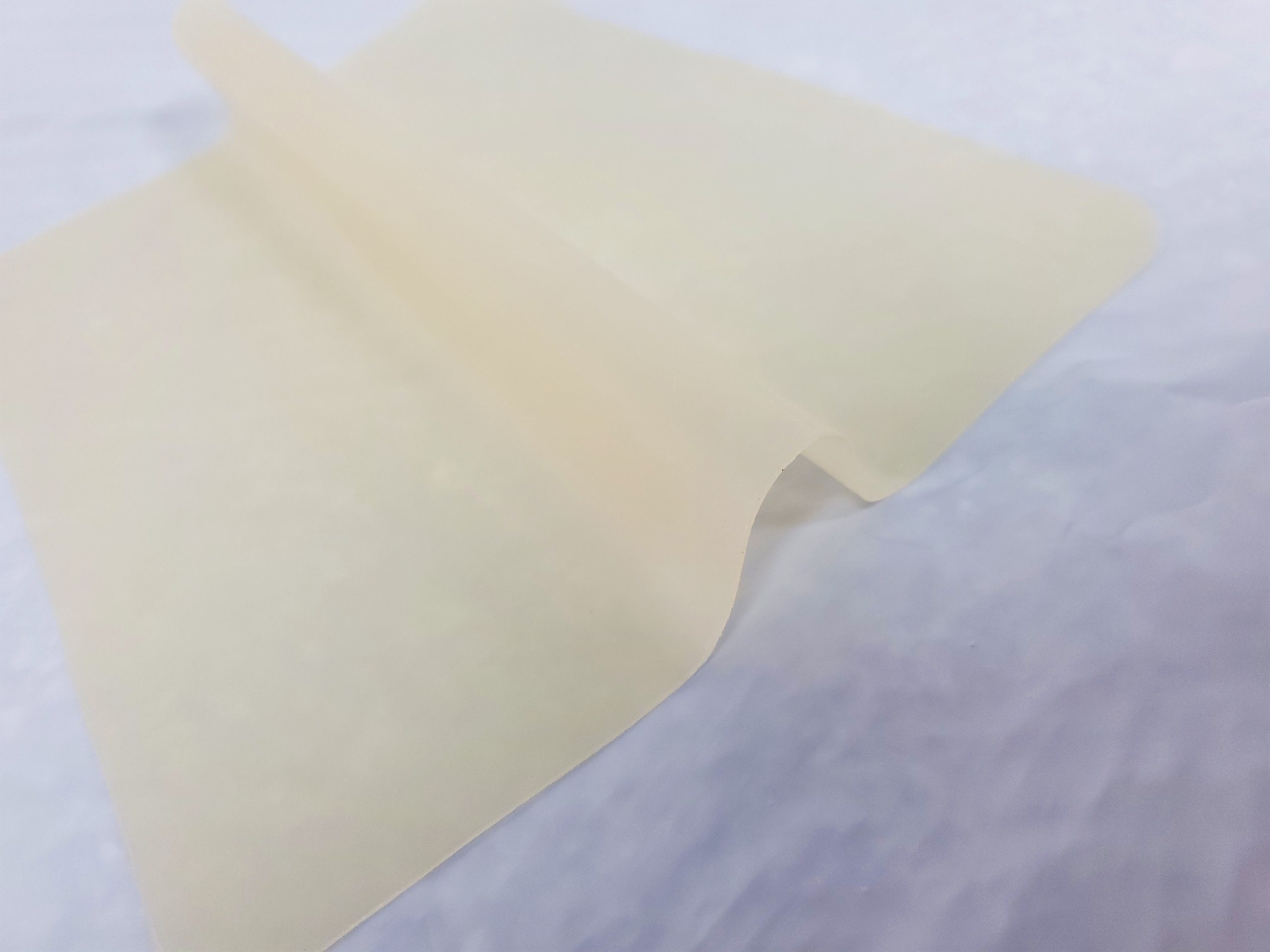
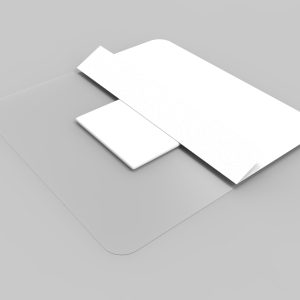
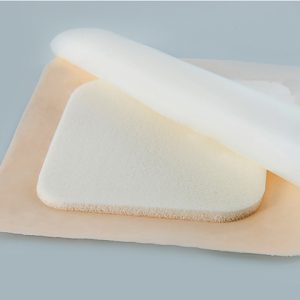
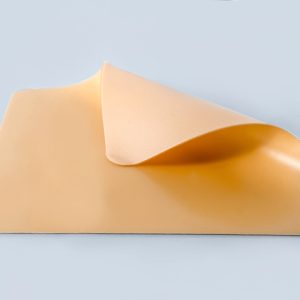
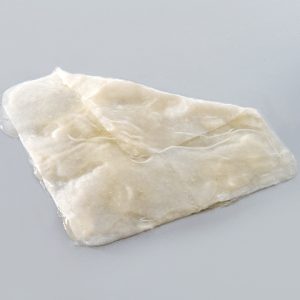
Bewertungen
Es gibt noch keine Bewertungen.